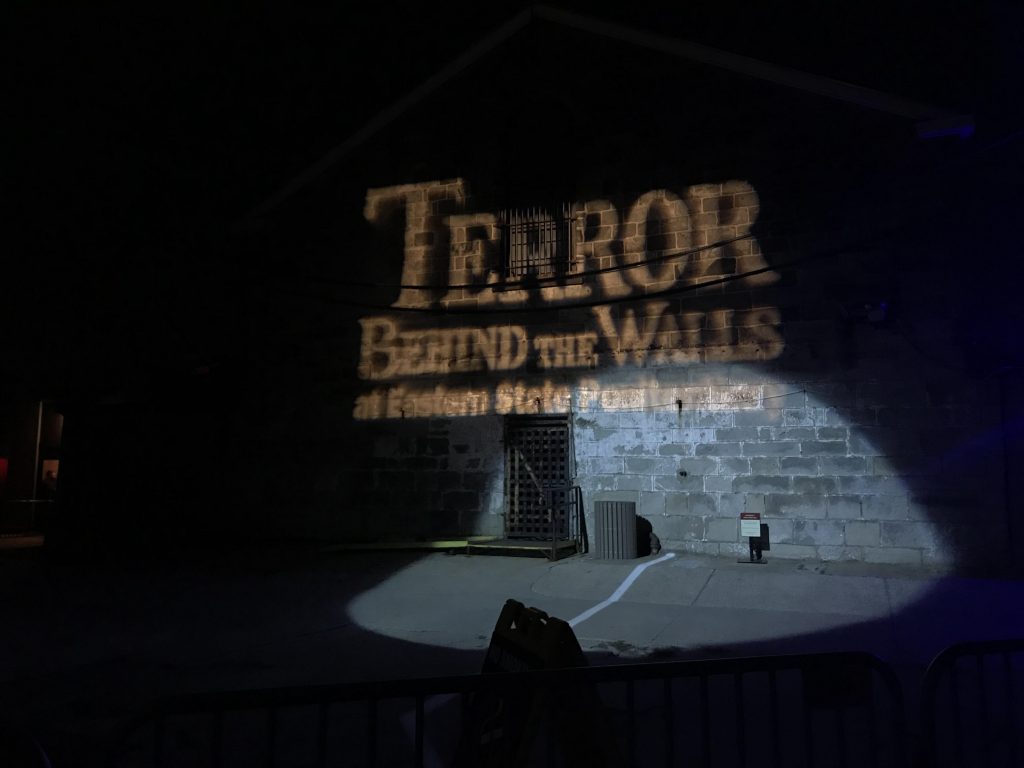Twenty-three hours a day spent in a cement box, with little to no human interaction. If two years of that did not show you the error of your ways, then nothing would. That was the logic behind the Eastern State Penitentiary, a massive prison that specialized in separate and solitary confinement. The belief was that this solitary environment would breed “penitence” in criminals, hence the term “penitentiary.”
On Oct. 25, 1829, the Eastern State Penitentiary (ESP) accepted its first prisoner, and it continued to grow: by 1836, the ESP could hold 450 inmates. In 1842, Charles Dickens visited the Penitentiary, an architectural marvel for its time (ESP actually had running water before the presidential White House). However,
the technological advancements present in the prison did not make up for the barbaric psychological and physical torture that the prisoners were forced to endure. Dickens later wrote, “The System is rigid, strict and hopeless solitary confinement, and I believe it, in its effects, to be cruel and wrong….”
The Penitentiary’s focus on isolation was intended to move criminals towards reflection and remorse; however, in reality the ESP guards inflicted the prisoners with a variety of physical and psychological methods of torture.
By 1913, the ESP had abandoned the practice of solitary confinement due to overcrowding, and practiced congregate imprisonment. Throughout this century, a series of increasingly violent prison-riots took place. Inmates short-circuited electrical outlets, started fires, and destroyed workshops in protest of low-wages, insufficient recreational activities, overcrowding, and idleness. The federal government finally decided to close ESP after a particularly large riot in 1961.
Throughout its 142 years of operation, the ESP held over 75,000 inmates, including notorious gangster Al “Scarface” Capone, Morris “The Rabbi” Bolber, and William Francis “Slick Willie” Sutton, and although the Penitentiary has not held inmates for almost half a century, the decrepit building seems to still echo with the ghosts of mistreated prisoners.
Visitors have reported seeing mysterious figures and hearing strange sounds throughout the prison. More eerily, these sightings and sounds all tend to corroborate; laughter in Cellblock 12; shadowy figures in Cellblock 6; ghostly faces in Cellblock 4; the silhouette of a guard in the abandoned watchtower; footsteps; wails; feelings of being watched. The Penitentiary is now considered one of the most haunted places in America.
Since the 1990s, the Penitentiary has been a museum open to the public seven days a week from 10 a.m. to five p.m., with the intent to educate visitors on the prison’s history. However, the Penitentiary particularly embraces the dark, violent parts of its past every year with “Terror Behind the Walls.”
From Sept. 22 to Nov. 11, the already-spooky Penitentiary is transformed into a massive haunted house. For one price, thrill-seekers can experience six different attractions within the prison’s crumbling stone edifice.
On Oct. 19, Eastern University’s Student Activity Board (SAB) took a group of students to Eastern State Penitentiary to experience the “terror” themselves.
The frights began the minute the group got off the bus. Even while waiting in line, guests were frequently startled by costumed actors patrolling the vicinity of the Penitentiary.
Once inside, each person has the option to wear a red glow stick, which symbolizes that the actors can touch you and separate you from your group at any point.
“Terror Behind the Walls” has your traditional haunted house fare: smoke machines, flickering lights, sudden noises, and fake disembodied limbs. However, the immensity of the Penitentiary allows the creative minds behind “Terror” to thoroughly utilize many traditional fears.
There are clowns, there are chainsaws, and there is a plethora of enthusiastic actors who are eager to give you your money’s worth of fear.
Furthermore, if you opt for the more “interactive” option, you are not only walking through all of these frightening scenes, but you are participating in them. You are being put into the crooked dentist’s chair as he threatens to pull out your teeth; you are the innocent being chosen for a brutal human sacrifice; finally, you are the prisoner breaking out of Eastern State Penitentiary.
This ending to the haunted house raises the question, at what point does this fun, scary seasonal attraction cross the line and begin disrespecting the immense suffering of the prisoners who were once held there? Certainly “Terror” is all in good fun, however as thrill-seekers filter past the actual museum within the Penitentiary, one sees the im
ages of past prisoners and remembers that this was an actual place of genuine human suffering at the hands of the state.
Whether you are looking to learn some troubling but important local history, or just have a thrilling, spooky Halloween experience, Eastern State Penitentiary is certainly a must-see while you are in the Philadelphia area.
Sources: easternstate.org, npr.org, smithsonianmag.com



